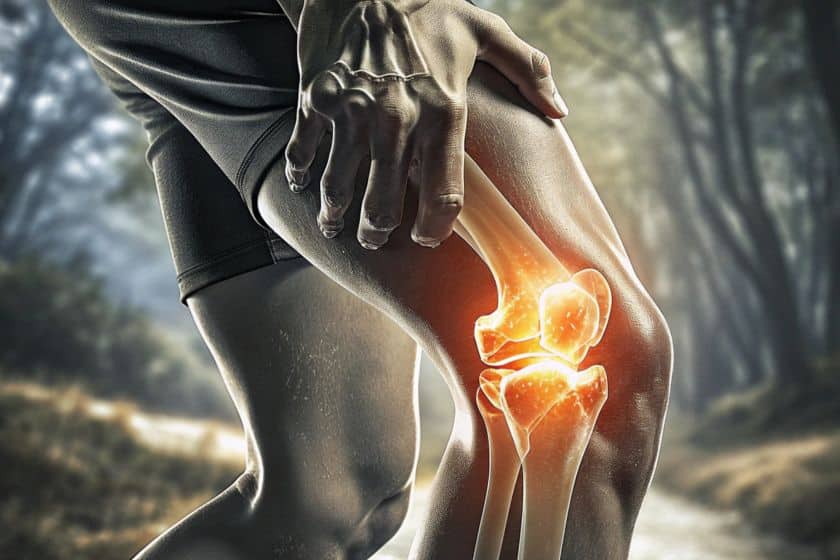
Knee discomfort is a common challenge for people of all ages and fitness levels. Whether you’re recovering from an injury, trying to stay active despite ongoing knee sensitivity, or simply want to prevent future issues, learning how to move safely and effectively is essential. Physical therapy plays a key role in helping people exercise smarter, not harder—preserving joint health while still achieving strength, mobility, and overall physical wellness.
In this blog post, we’ll explore how physical therapy can help you maintain full-body movement without placing unnecessary strain on your knees.
Why Protecting Your Knees Matters
Your knees are among the most important weight-bearing joints in your body. They help you walk, run, squat, climb stairs, and perform countless daily movements. Unfortunately, they’re also particularly vulnerable to overuse, wear-and-tear, and improper biomechanics.
Neglecting proper care can lead to chronic discomfort, reduced mobility, and a decreased ability to stay physically active. That’s why many physical therapy programs emphasize not just pain relief but long-term protection and movement re-education.
Smarter Movement Starts with Awareness
Before diving into specific exercises, it’s important to understand the value of movement awareness. Many people develop poor movement patterns that place too much pressure on their knees—often without realizing it. This might include:
- Squatting with your knees caving inward
- Taking stairs with poor alignment
- Letting your knees extend beyond your toes during lunges or jumps
Physical therapists assess these patterns and teach safer alternatives, helping you build body awareness and correct habits that may be stressing your joints.
Building a Knee-Friendly Foundation
A smart exercise routine begins with the right foundation. That includes strengthening the muscles that support your knees and ensuring you have proper flexibility and alignment throughout the kinetic chain (hips, ankles, core, etc.).
Key Areas to Strengthen:
- Quadriceps: Strong quads absorb impact and reduce strain on the joint.
- Hamstrings: These support knee stability and help control movement.
- Glutes: Underactive glutes shift pressure to the knees during walking, running, and climbing.
- Core: A stable core enhances overall balance and alignment.
Key Areas to Mobilize:
- Calves and Ankles: Tightness here can alter walking mechanics and affect your knees.
- Hip Flexors and IT Band: Limited flexibility can tug on the knee joint, especially during walking or squatting.
Best Low-Impact Exercises for Knee Health
Low-impact doesn’t mean low-results. These exercises are effective for building strength and cardiovascular health while reducing stress on the knees:
- Swimming or Water Aerobics: The buoyancy of water supports joints and allows a full range of motion.
- Cycling (Stationary or Outdoor): Builds leg strength with minimal joint impact.
- Elliptical Training: Provides cardiovascular benefits without pounding the joints.
- Pilates and Yoga (Modified): Enhance flexibility, balance, and core strength with modifications to protect the knees.
Your physical therapist can help identify which activities are safest for your needs and how to adapt movements accordingly.
Functional Movement Training
Physical therapists often integrate functional exercises that mimic real-life movement—helping you build strength and mobility in ways that directly improve your daily life.
Some examples include:
- Sit-to-Stand Exercises: Teaches proper squatting mechanics while strengthening the glutes and thighs.
- Step-Ups (Low Height): Improves single-leg strength and balance.
- Balance Work: Helps retrain proprioception and reduce the risk of falls.
- Mini Lunges (With Support): Builds coordination and tolerance while respecting current limits.
Each of these can be modified to your fitness level and are often a central part of physical therapy plans.
Technique Over Intensity
One of the most important lessons physical therapy teaches is this: your form matters more than the number of reps or how much weight you lift. Overloading your knees too soon or using improper mechanics increases your risk of setbacks.
A physical therapist will often slow down your movements, reduce range of motion, or change positioning to ensure your body learns the safest, most effective way to perform each exercise. Over time, this builds both confidence and physical resilience.
Tips for Exercising Without Knee Strain
Here are simple but effective ways to make your workouts more knee-friendly:
- Warm Up Thoroughly: Light cardio, dynamic stretching, or foam rolling can prepare your joints and muscles.
- Use Proper Footwear: Cushioned, supportive shoes reduce impact and promote good alignment.
- Avoid Deep Squats or Lunges (Unless Approved): Stick to smaller ranges of motion as guided by your therapist.
- Stay Hydrated and Rested: Dehydration and fatigue can increase the risk of poor form and joint stress.
- Listen to Your Body: If something doesn’t feel right, stop and consult a professional.
The Role of Education and Support
Physical therapy is not just about doing exercises—it’s about learning why certain movements matter and how they influence your physical health. Your therapist will guide you through:
- Posture training
- Movement analysis
- Progress tracking
- Lifestyle tips for reducing knee strain in daily life
The more educated and supported you are, the more likely you are to stay consistent and safe in your fitness journey.
Long-Term Benefits of Smarter Movement
Choosing to move smarter pays off in countless ways:
- Reduced risk of future knee injury
- Better full-body strength and mobility
- Increased independence as you age
- Improved mental and physical health
And perhaps most importantly, it keeps you doing the things you love—from gardening to hiking to playing with your kids or grandkids.
Final Thoughts
You don’t have to avoid exercise because of knee discomfort. With guidance from a physical therapist, you can discover movement patterns and routines that support your knees and your overall health. Whether you’re recovering from an injury or looking to stay ahead of one, now is the perfect time to start building habits that protect your body while keeping you active.
Book a consultation with your local physical therapist to explore your movement options and develop a plan tailored to your needs. Exercise smarter, move confidently, and stay active for life.fort, feel more mobile, and enjoy everything winter has to offer without being held back by stiffness or tension.

